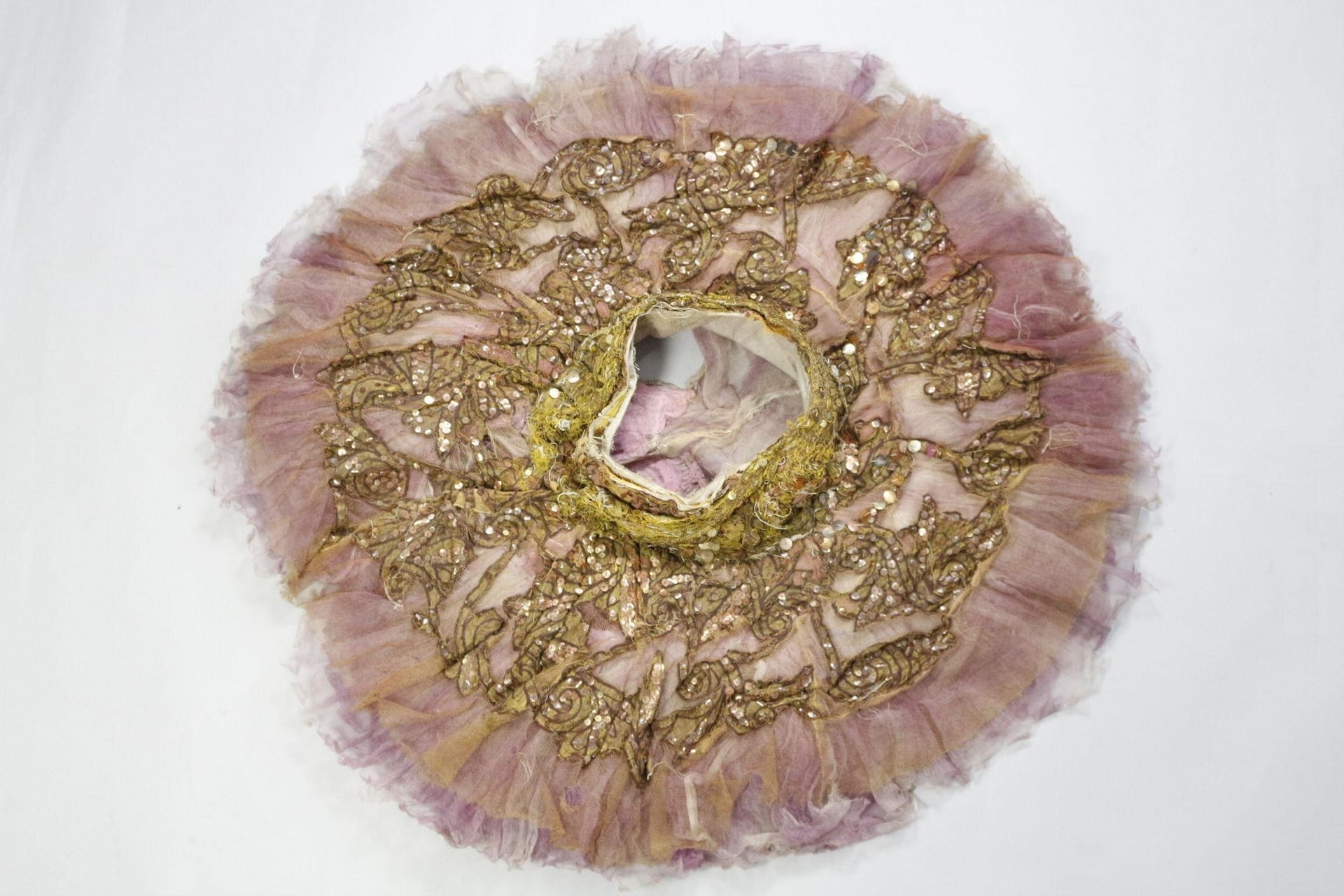Contemporary sequins are a big contributor to plastic pollution through the micro plastic crisis. An easy solution to this: get rid of them. Society could move forward without ornamentation, excess or any object that does not serve to be purely functional – but would we want to? I have explored the need to find a sustainable alternative due to the cultural significance of sequins - eradicating them completely is not the answer. My dissertation traces material changes from 1770 to now, from metal to gelatine to celluloid to plastic, presenting the paramount characteristics needed to make up the phenomenon of the sequin and identifying the point in which they became an environmental problem. Materials were tweaked and advanced to find its lightest, sparkliest and most durable form and once these features were refined and improved upon, the ability to produce the sequin from cheap materials and processes became an accessible way for people to add sparkle to garments.
The attraction to sparkle is innate, stemming from the evolutionary need to source water, to find a mate and to nonverbally stand out. The accessibility of cheap sequins emulating expensive materials such as mother-of-pearl, diamonds and rhinestones, brought feelings of luxury to an affordable mass-market. This allowed more people to experience the wonder of adorning oneself in sparkle. Designers have since exploited the knowledge that sparkle sells; the PVC sequin enabled higher volumes of production which the fashion industry has since gotten used to. With the detrimental effects that plastic sequins have on the environment, it is a critical time in the next stages of sequin manufacture and consumption.
This dissertation laid out the necessary changes needed in the material choices, waste production and aftercare and disposal of sequins. Interviewing some of the leading pace-setters in the eco-sequin industry in France and the UK allowed me to understand their thought processes and access the minds of people who are truly passionate about creating change through combining science, art and design.
The recurring theme emerging from this research has been nature. Nature is the model for sequin application in attempts to emulate natural beauty, fulfil natural desire and is the answer to solving the problems created by moving away from nature as a resource. There is not yet a definitive solution to the sequin problem, but this dissertation has collected and presented a multitude of exciting system changes currently in development with the hopes that once perfected, these circular and regenerative processes can be used in widespread manufacture. I hope this research has contributed to the magnitude of the topic of sparkle and provided evidence that sequins are not frivolous but hold emotional and optical importance.
This project allowed me to experiment with making sequins alongside researching their history. I experimented with 3D printing in biofilament to remove waste from the sequin punching process and made sequin samples in CQ studio’s bio embellishment workshop using food waste and excess chemical dyes. Being able to combine practice and research has allowed me to highlight the significance of craft and demonstrate the importance of preserving artisanal skills that were once considered essential survival tools.




